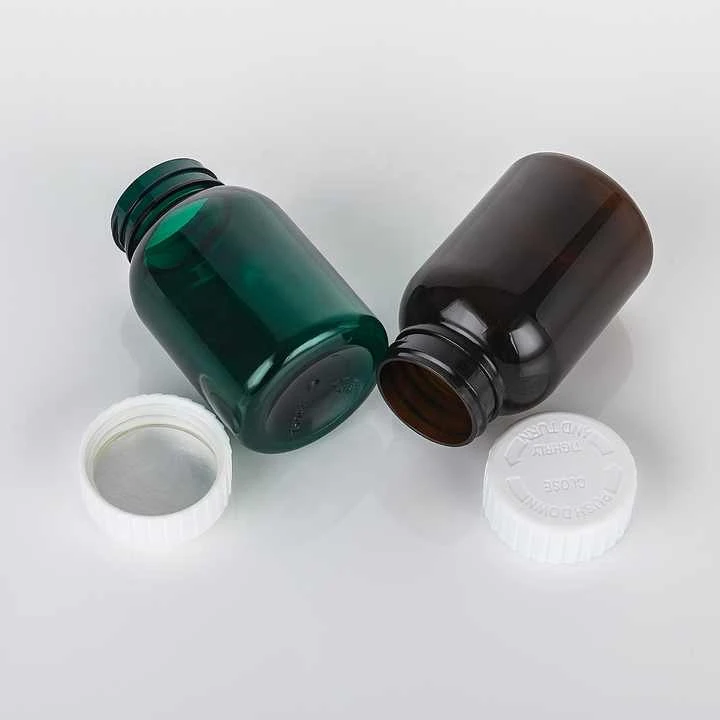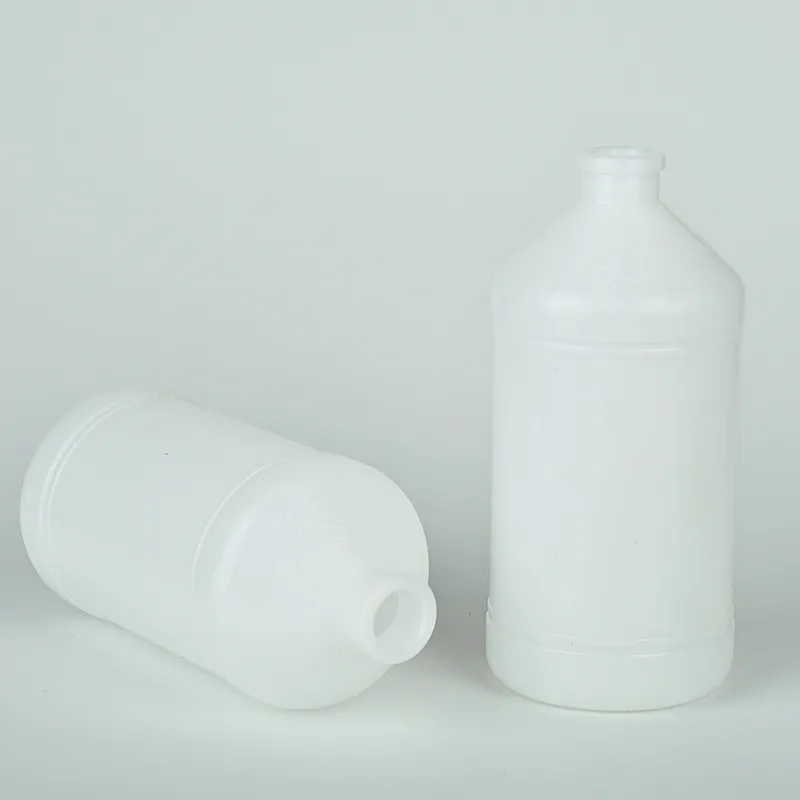
-
 Afrikaans
Afrikaans -
 Albanian
Albanian -
 Amharic
Amharic -
 Arabic
Arabic -
 Armenian
Armenian -
 Azerbaijani
Azerbaijani -
 Basque
Basque -
 Belarusian
Belarusian -
 Bengali
Bengali -
 Bosnian
Bosnian -
 Bulgarian
Bulgarian -
 Catalan
Catalan -
 Cebuano
Cebuano -
 Corsican
Corsican -
 Croatian
Croatian -
 Czech
Czech -
 Danish
Danish -
 Dutch
Dutch -
 English
English -
 Esperanto
Esperanto -
 Estonian
Estonian -
 Finnish
Finnish -
 French
French -
 Frisian
Frisian -
 Galician
Galician -
 Georgian
Georgian -
 German
German -
 Greek
Greek -
 Gujarati
Gujarati -
 Haitian Creole
Haitian Creole -
 hausa
hausa -
 hawaiian
hawaiian -
 Hebrew
Hebrew -
 Hindi
Hindi -
 Miao
Miao -
 Hungarian
Hungarian -
 Icelandic
Icelandic -
 igbo
igbo -
 Indonesian
Indonesian -
 irish
irish -
 Italian
Italian -
 Japanese
Japanese -
 Javanese
Javanese -
 Kannada
Kannada -
 kazakh
kazakh -
 Khmer
Khmer -
 Rwandese
Rwandese -
 Korean
Korean -
 Kurdish
Kurdish -
 Kyrgyz
Kyrgyz -
 Lao
Lao -
 Latin
Latin -
 Latvian
Latvian -
 Lithuanian
Lithuanian -
 Luxembourgish
Luxembourgish -
 Macedonian
Macedonian -
 Malgashi
Malgashi -
 Malay
Malay -
 Malayalam
Malayalam -
 Maltese
Maltese -
 Maori
Maori -
 Marathi
Marathi -
 Mongolian
Mongolian -
 Myanmar
Myanmar -
 Nepali
Nepali -
 Norwegian
Norwegian -
 Norwegian
Norwegian -
 Occitan
Occitan -
 Pashto
Pashto -
 Persian
Persian -
 Polish
Polish -
 Portuguese
Portuguese -
 Punjabi
Punjabi -
 Romanian
Romanian -
 Russian
Russian -
 Samoan
Samoan -
 Scottish Gaelic
Scottish Gaelic -
 Serbian
Serbian -
 Sesotho
Sesotho -
 Shona
Shona -
 Sindhi
Sindhi -
 Sinhala
Sinhala -
 Slovak
Slovak -
 Slovenian
Slovenian -
 Somali
Somali -
 Spanish
Spanish -
 Sundanese
Sundanese -
 Swahili
Swahili -
 Swedish
Swedish -
 Tagalog
Tagalog -
 Tajik
Tajik -
 Tamil
Tamil -
 Tatar
Tatar -
 Telugu
Telugu -
 Thai
Thai -
 Turkish
Turkish -
 Turkmen
Turkmen -
 Ukrainian
Ukrainian -
 Urdu
Urdu -
 Uighur
Uighur -
 Uzbek
Uzbek -
 Vietnamese
Vietnamese -
 Welsh
Welsh -
 Bantu
Bantu -
 Yiddish
Yiddish -
 Yoruba
Yoruba -
 Zulu
Zulu
Premium 200ml Medicine Bottles – Leakproof Dropper & Spray Options at Best Price
- Introduction to 200ml Medicine Bottle: Market Demand and Usage Scenarios
- Technical Advantages of 200ml Dropper Bottle and Spray Bottle Variants
- Comparative Analysis: Top Manufacturers of 200ml Medicine Bottle
- Customization Options and Material Innovations
- Real-World Application Cases and Market Feedback
- Cost Insights: Understanding the Spray Bottle 200ml Price Structure
- Conclusion: Choosing Your Ideal 200ml Medicine Bottle

(200ml medicine bottle)
Introduction to 200ml Medicine Bottle: Market Trends and Industry Usage
The demand for the 200ml medicine bottle
has accelerated in recent years, driven by rising healthcare needs and the expansion of pharmaceutical and nutraceutical sectors globally. As per a 2023 report from MarketsandMarkets, the pharmaceutical packaging segment is projected to reach $128.2 billion by 2028, with plastic medicine bottles—especially the 200ml volume—constituting over 18% of all primary packaging formats.
These bottles are widely utilized across pharmaceutical, laboratory, and wellness industries for liquid medications, syrups, and custom formulations. The 200ml capacity strikes a balance between bulk storage and precise dispensing, making it a preferred size for both over-the-counter drugs and prescription compounds. Its popularity is especially apparent in pediatric and geriatric applications, where smaller dosage volumes are critical.
Technical Advantages of 200ml Dropper Bottle and Spray Bottle Variants
Technological innovations have transformed the humble medicine bottle, elevating its role from mere containment to a sophisticated dispensing tool. The 200ml dropper bottle has integrated advanced closure mechanisms such as child-resistant caps and tamper-evident seals, ensuring patient safety and product integrity. According to industry data, 93% of regulatory-compliant medicine bottles in 2024 include some form of tamper-evidence.
Meanwhile, spray bottle 200ml types utilize exceptional atomization technology, enabling uniform delivery of liquid solutions—crucial for nasal sprays, topical agents, and oral care products. Modern design incorporates food-grade PET or HDPE polymers resistant to corrosion, ensuring no leaching of toxins or loss of active ingredient potency, even after prolonged shelf periods.
Comparative Analysis: Top Manufacturers of 200ml Medicine Bottle
Selecting the right manufacturing partner is a critical determinant of product success. Leading suppliers are distinguished by precision-molding capacity, materials expertise, and compliance with regulatory standards (such as FDA, EU MDR, and USP <661>). Below is a comparative data table highlighting important metrics:
| Manufacturer | Material Options | Annual Production (million units) | Regulatory Compliance | Customization | Lead Time (days) |
|---|---|---|---|---|---|
| AlphaPharm Containers | PET, HDPE, Glass | 200 | FDA, EU MDR, ISO 15378 | Color/Print/Shape | 21 |
| MediPack Solutions | PET, LDPE | 145 | USP <661>, FDA | Color/Cap Style | 18 |
| HealthSafe Plastics | HDPE, Glass | 175 | EU MDR, FDA | Print/Graduation Markings | 25 |
| Nova Dispensing | PET, PP | 120 | FDA, ISO 9001 | Color/Spout/Child Lock | 17 |
This data illustrates that while annual production capacity and materials vary, lead times and customization flexibility are usually the decisive factors for procurement strategies, especially for niche pharmaceutical projects.
Customization Options and Material Innovations
Customization is increasingly in demand for branding, enhanced usability, and product differentiation. Options now span from color-specific bottles—helping to distinguish product lines—to specialized cap designs, including dropper tips, tamper-evident seals, and child-resistant locks. Current surveys reveal 66% of pharmaceutical clients request custom color-matches for bottle bodies or closures.
Material science advances have brought forth new polymers, such as BPA-free PETG and bio-based HDPE, offering superior barrier properties and environmental sustainability. Recent life-cycle studies indicate that switching to bio-based materials can reduce cradle-to-gate carbon emissions by up to 27%, without sacrificing structural integrity or sterility. For liquid medications sensitive to light or air, amber-tinted or multi-layered bottles provide added protection against photodegradation and oxidation.
Real-World Application Cases and Market Feedback
The adaptation and efficacy of 200ml medicine bottle formats are evident across multiple product launches worldwide. For instance, GlobaCare’s pediatric cough syrup, packed in a custom-tinted 200ml dropper bottle, saw a 23% reduction in accidental overdosing incidents due to improved calibration and visibility. Similarly, a leading dermatology brand switched to 200ml spray bottles for its clinical-grade wound care solution, reporting a 38% increase in patient compliance, attributed to effortless and hygienic dispensing.
According to a 2024 supplier survey, 81% of B2B buyers rate the 200ml format as the most versatile for both new therapeutic launches and pilot test batches. The surge in direct-to-consumer supplement companies has also driven the popularity of this capacity, reflecting a broader shift toward convenience, compliance, and multi-use packaging.
Cost Insights: Understanding the Spray Bottle 200ml Price Structure
Price sensitivity plays a significant role in bottle selection, particularly for high-volume pharmaceutical, cosmetic, and health supplement brands. The spray bottle 200ml price generally fluctuates based on resin purity, added features (such as metered spray actuators), and order volume. Recent industry data (Q1 2024, PlasticsMarket) benchmarks the bulk FOB unit price as follows:
| Order Quantity (units) | PET/HDPE Basic Bottle ($/unit) | Spray Mechanism ($/unit) | Total Average Price ($/unit) |
|---|---|---|---|
| 10,000 – 49,999 | 0.16 | 0.22 | 0.38 |
| 50,000 – 99,999 | 0.14 | 0.19 | 0.33 |
| > 100,000 | 0.13 | 0.16 | 0.29 |
Factoring in secondary costs—sterilization, custom molds, and express shipping—can increase the per-unit pricing by 12–17%. However, economies of scale and vendor negotiation often yield competitive rates for recurring bulk contracts, especially when consistent quality standards are maintained.
Conclusion: Choosing Your Ideal 200ml Medicine Bottle
In summary, the 200ml medicine bottle continues to evolve amid rising standards of safety, convenience, and sustainability. Whether opting for a standard 200ml dropper bottle for pediatric applications or a specialized spray bottle for precision dosing, understanding technical, cost, and customization aspects is vital for a successful market entry.
Comparing manufacturers, weighing customization possibilities, and analyzing usage scenarios ultimately enable informed procurement decisions. To remain competitive, businesses must align their bottle choices with functional requirements, compliance mandates, and consumer preferences—a practice proven to drive both product adoption and brand recognition in the medical packaging sector.

(200ml medicine bottle)
FAQS on 200ml medicine bottle
Q: What materials are commonly used for a 200ml medicine bottle?
A: 200ml medicine bottles are usually made from high-quality PET or HDPE plastic. These materials are safe for pharmaceuticals and easy to recycle. Both types provide good protection for liquid medicines.Q: Can a 200ml medicine bottle be used as a 200ml dropper bottle?
A: Yes, if the 200ml medicine bottle has a compatible dropper cap, it can serve as a 200ml dropper bottle. This allows for precise dispensing of liquids. Always check compatibility with your intended use.Q: What is the typical price range for a spray bottle 200ml?
A: The price for a 200ml spray bottle typically ranges from $0.30 to $1.50 per piece, depending on material and design. Bulk purchases often lower the unit price. Custom features may cost extra.Q: Are 200ml medicine bottles suitable for both liquids and syrups?
A: Yes, 200ml medicine bottles are designed to hold both liquids and syrups securely. Their leak-proof caps protect the contents. Always check the product specifications for chemical compatibility.Q: Can 200ml medicine bottles be customized with labels or logos?
A: Absolutely, most manufacturers offer customization options like labels, colors, and printed logos on 200ml medicine bottles. Customization helps with brand recognition and regulatory compliance. Minimum order quantities may apply.-
PTFE Centrifuge Tubes - Chemical Resistant, Leak-proof, Ideal for Laboratory UseNewsJul.05,2025
-
Premium Metal Dropper Bottle for Precise Dispensing 250ml & 1ml Options AvailableNewsJul.04,2025
-
20 ml Headspace Vials - High Quality Polyethylene & Plastic Vials for Lab UseNewsJul.04,2025
-
Small Bottle with Pipette - Precise Dispensing 100ml Pipette Bottles for Essential Oils & Lab UseNewsJun.24,2025
-
Acetic Anhydride Bottle for Accurate Dropper Measurement in Pharmacy Use High-Quality Dropper BottlesNewsJun.10,2025






















